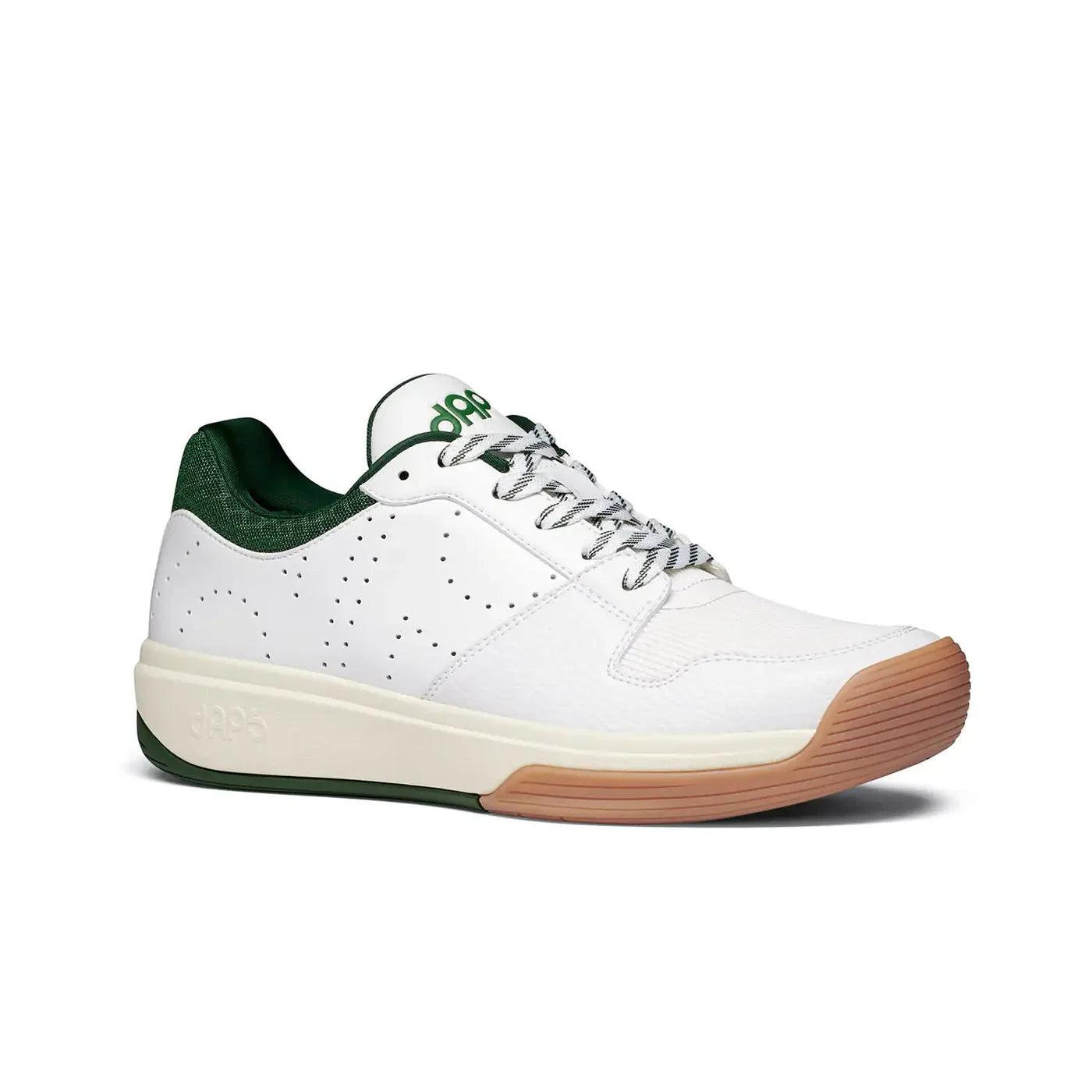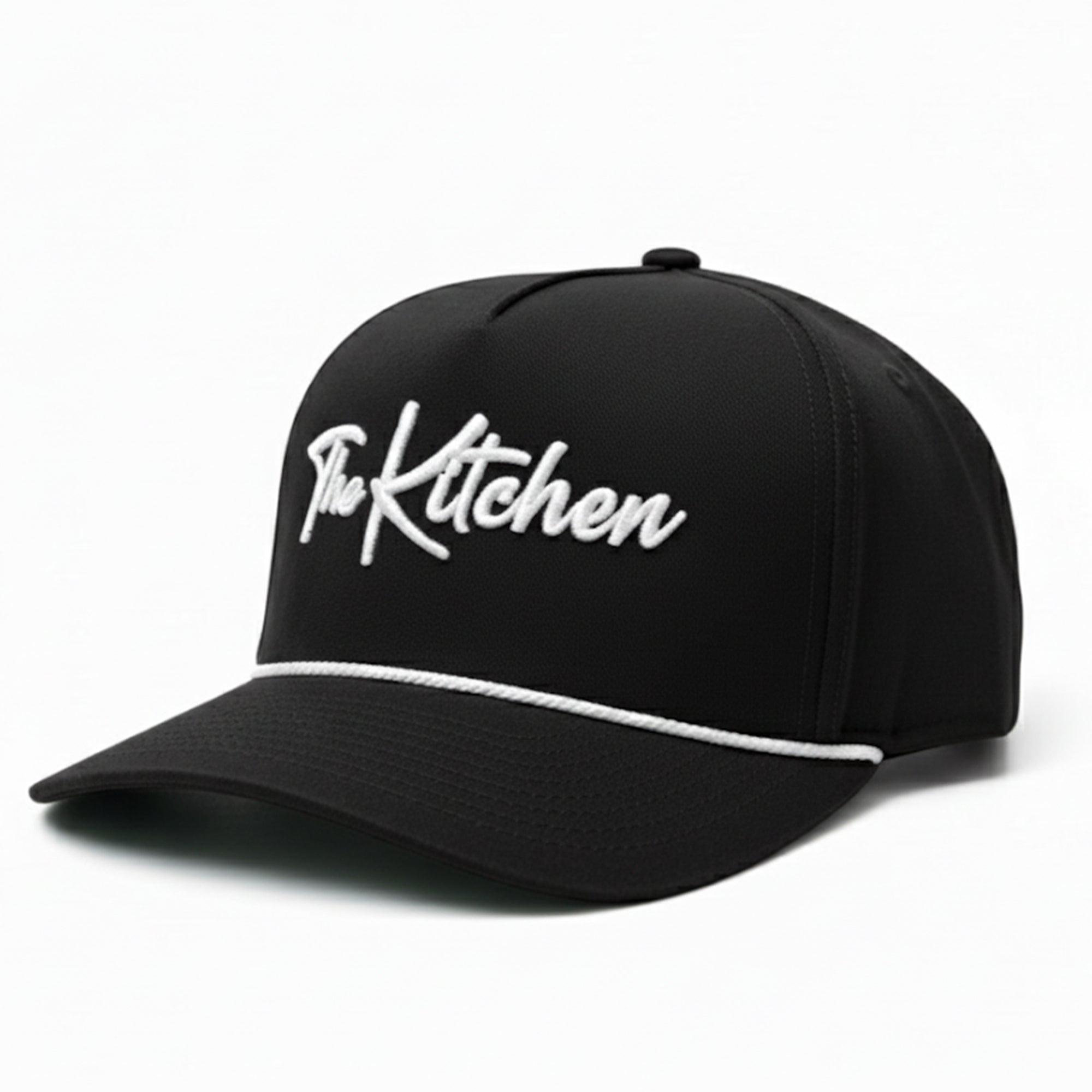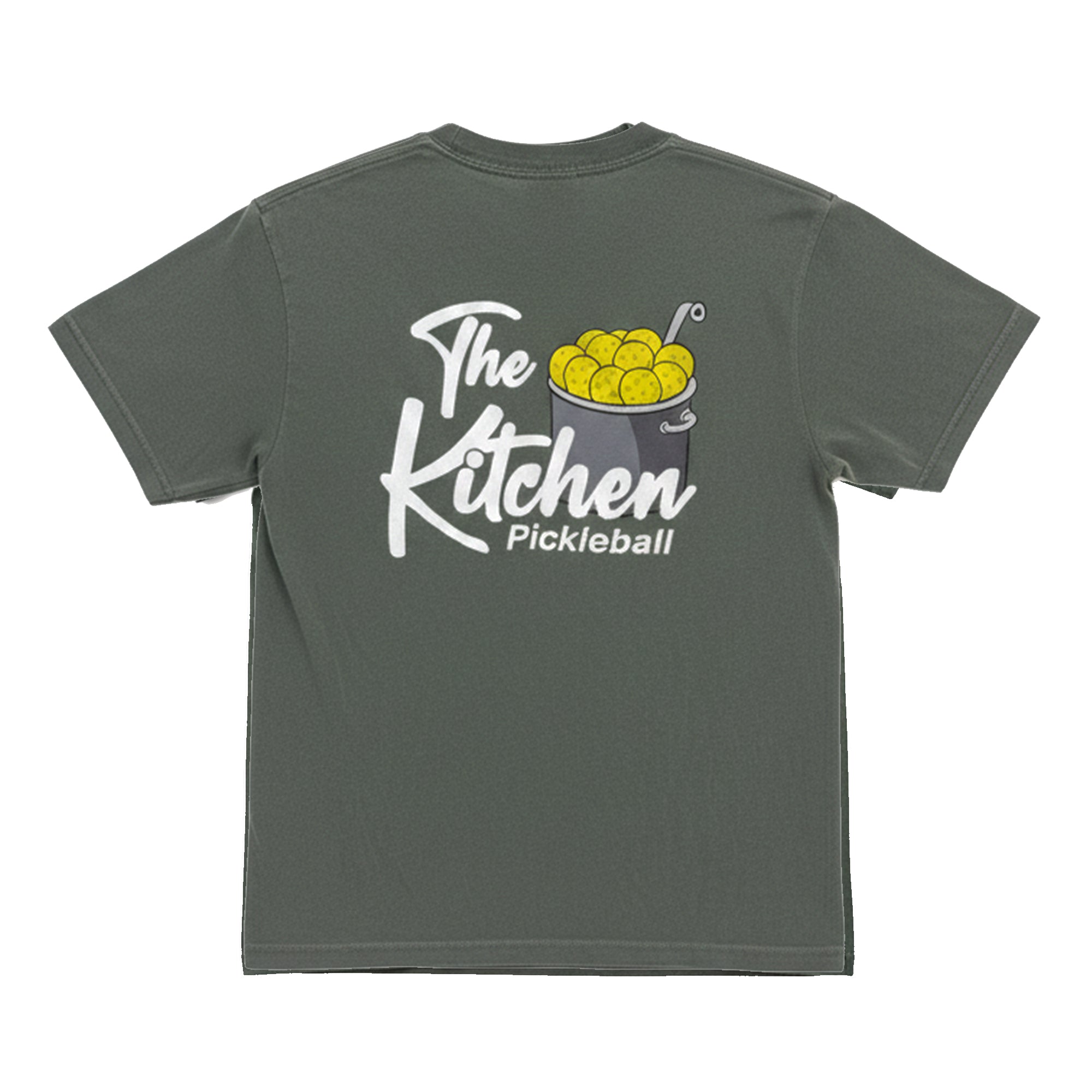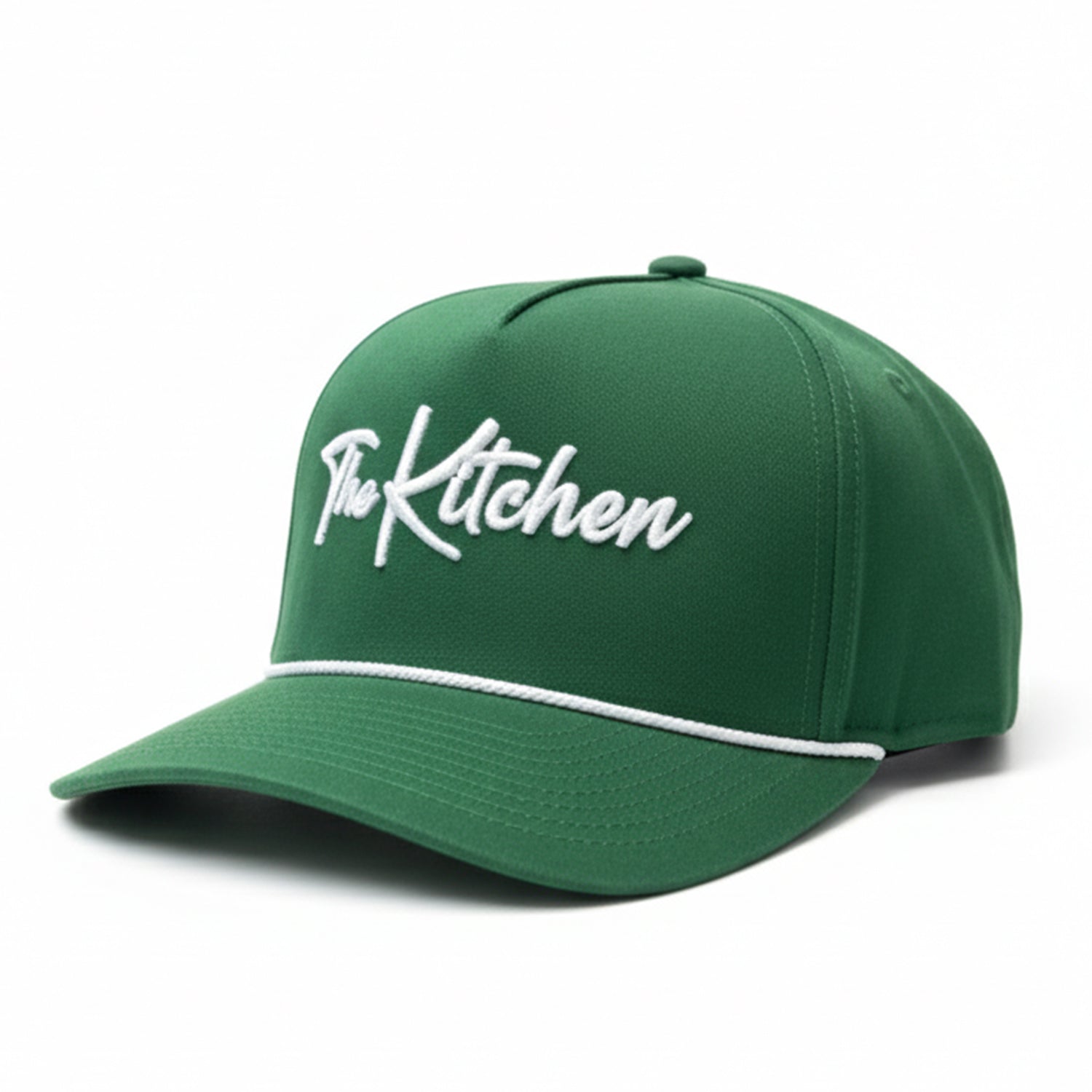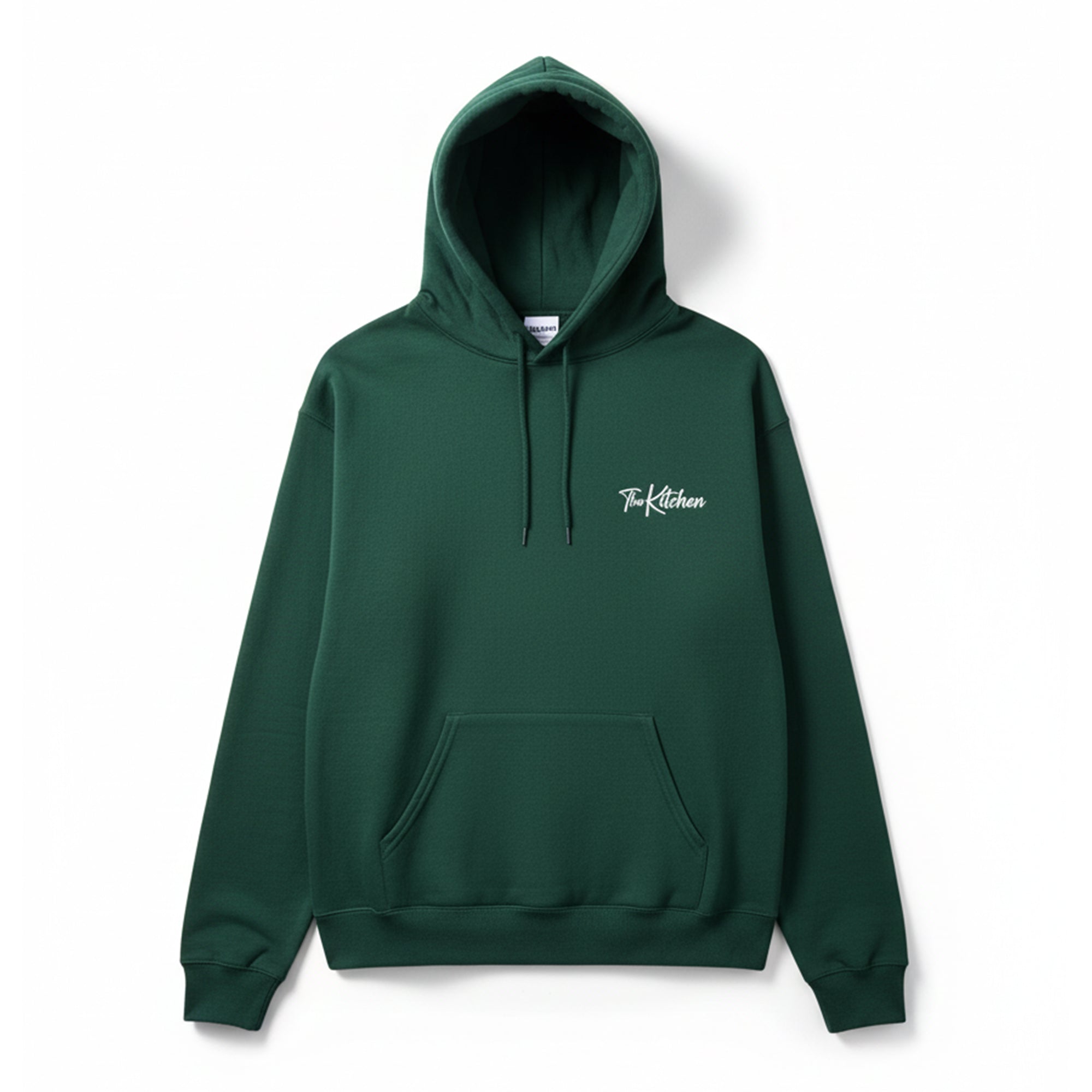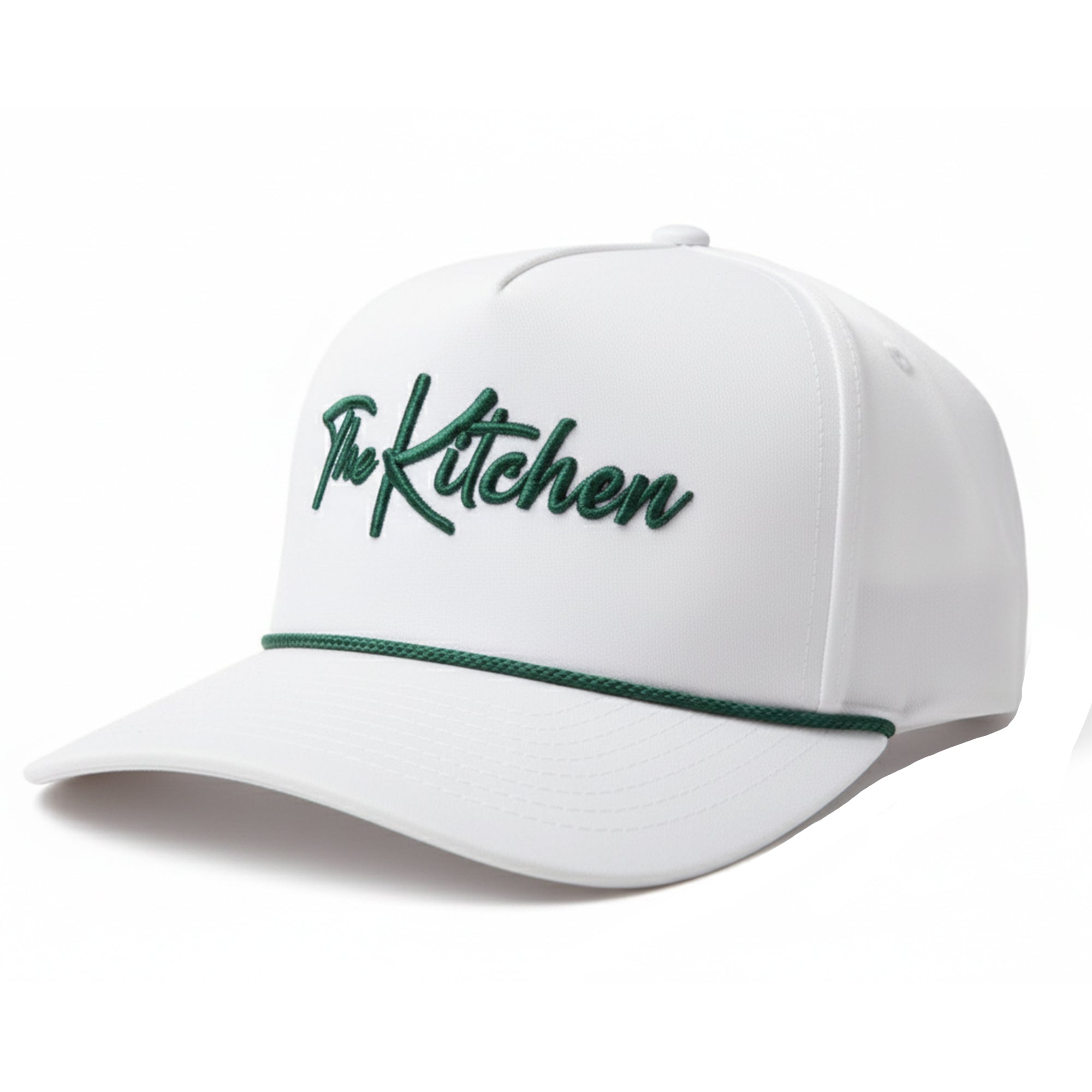Adding Weight to Your Pickleball Paddle: The Complete Guide
Last Edited
Mar 27 2025
Category
Gear
There’s lots of buzz about pickleball paddle weight tape, and likewise, lots of confusion. So first things first: let’s answer some rapid-fire questions we know many of you may have already:
Is it even legal, according to USAP guidelines? Yes, paddle weight tape (or lead tape) is allowed.
Is it only for the highest-level players? No, not at all. Anyone can benefit from them, but to use them effectively, you should first understand the basics of pickleball and, more specifically, how you play it.
Will it enhance my performance on the pickleball court? Potentially, yes! But you need to know why and how to use it, which we’ll explain below.
Why You Should Use Paddle Edge Tape
Let’s level with each other: it is not absolutely critical to alter your paddle in any way. You can dive as deep as you’d like into the world of paddle technology and how to find the one that works best for you.
It’s equally legitimate to buy the cheapest paddle that feels the best in your hand as it is to base your purchase decisions on swing weight, paddle construction, and other technicalities.
But if you’re going to alter whatever paddle you’ve purchased within legal USAP guidelines, you should know the basics of why one would do so.
These are the most important reasons to add weight tape to your pickleball paddle:
Extra weight = extra power. While you can buy “lightweight,” “medium weight,” or “heavy weight” paddles, most of them weigh close to 8oz. But adding extra weight to the swinging object is always going to add more power to that object’s collision with other things (i.e. the ball).
More weight provides shot “forgiveness.” No paddle or paddle alteration could ever make up for bad technique. But sometimes, your swing is only off by a little bit, resulting in an impact just outside of your paddle’s sweet spot and destabilizing it in the hand. You can reduce shot errors caused by destabilization by adding weight to a paddle’s edges.
Adding weight changes the sweet spot. Not only does adding weight increase a paddle’s power output, it also alters the size and location of its sweet spot, or the location where balls bounce off with the most power and accurate response.
Before you begin placing weight on your pickleball paddle, consider the possibility that doing so may cause injury over time.
Even players who refrain from using extra weights sometimes cause strain on the small muscles and tendons in their arms and wrists just by playing too much pickleball.
That risk is compounded by adding additional weight to your paddle, so be sure to monitor yourself for any unusual aches after playing and consult your doctor if any discomfort arises.
Where to Put Weights on a Pickleball Paddle
Now that we’ve answered the “why,” it’s time for the “how.”

Adding Weight to the Paddle Head
Imagine swinging a golf club while holding its handle. You’ll feel the weight where it’s supposed to be: down near the ball, and you’ll be able to feel that weight extend and amplify as your swing reaches its nexus.
Now imagine swinging that golf club while holding it near the head. Even if you placed a golf ball on a giant tee that brought it up to waist height, the swing itself would feel awkward and much weaker than normal.
Likewise, adding weight to the top (“head”) of your paddle slows down your swing and adds power. Obviously, pickleball is different from golf, so is this always the ideal move for pickleball players?
No, probably not. If you lack power in terms of your muscle mass (not because of bad shot technique), you may risk injuring yourself over time by making the paddle top heavy.
Related: The best pickleball paddles for control players
But if you have developed your arm and wrist muscles and feel more comfortable adding top-heaviness to your paddle, you may be able to accentuate your strength to become a power-focused player by adding tape to this spot.
Adding Weight to the Middle/Sides of Your Paddle
The spot most players add weight to is the center/sides of their paddle, and the reason is very clear.
It’s like fortifying a house’s walls with a layer of cement. Adding tape to the sides makes the paddle more stable in the hand and expands the sweet spot closer to the taped sides.
While technique is king, stabilizing a paddle in this way can expand the area of the paddle’s accuracy.
If you often feel your paddle’s face jolt to one side after hitting the ball outside of center, you should experiment with this technique.
Adding Weight to the Paddle’s Neck
That curvy spot between the lower end of the paddle face and the handle is another common spot for adding weight tape.
Adding weight here will add stability, perfect for those who miss more shots on the lower half of their paddle.
Other Pickleball Paddle Weight Configurations
You may also see players apply weight to the four “corners” of their paddle. This boosts power considerably and adds lots of stability.
But it also slows hand speed and adds noticeable weight, which may negatively affect those with weaker wrists and forearms.
Players also may choose to add weights over or under their paddle’s grip. This can make a paddle feel extra maneuverable at the kitchen line during fast hands battles while also adding a thicker, grippier feel to its handle.
Note, you’ll still need more energy to swing the paddle no matter where you add weight.
In short: you probably SHOULD try adding weight to your paddle. But you probably SHOULD NOT do it until you critically analyze your game and make note of which situations cause you to make the most errors.
Use the same paddle for a while, then ask yourself:
Do I lack power but feel stable at the kitchen line? If so, add a little weight to the top or top corners.
Am I more concerned with shot placement and accuracy during hands battles? If so, add some to the sides of the paddle, experimenting with how far down you go.
Does my paddle work well for me, but feel a little top-heavy? If so, add weight to the curved part near the bottom.
Do I wish my grip was just a little bigger? Adding under- or over-grip weight (or even just an extra layer of grip tape) may help.
Most weight tape is made with lead, but some are tungsten-based. Tungsten tape tends to be somewhat lighter and typically comes in weights of 1-2 grams per piece, while lead tape options tend to weigh 2-3 per piece.
One final piece of advice: don't add too much too soon. Start with one piece of tape in each spot and add more in small increments until you achieve what you set out to do in the first place...
...And if you don't have a desired result in the first place, re-read this article and examine your game. Maybe you don't ultimately need any paddle alterations. That's ok, too. But it's worth messing around with.







